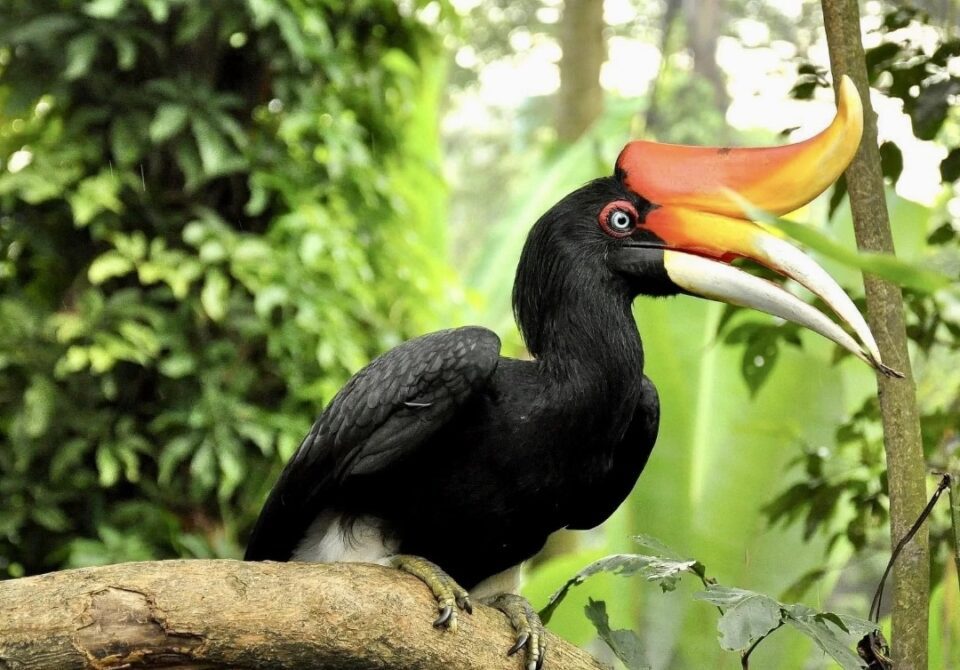On the island of Borneo, where ancient rainforests breathe life into rivers that wind through
mountains and villages, a story of transformation is unfolding. This World Tourism Day 2025,
themed “Tourism and Sustainable Transformation,” Sarawak Rainforest Resonance: My Festival from Borneo’s Heart stands proudly as Malaysia’s Gateway to Borneo — not just as a destination, but as a model for how travel can safeguard heritage, nurture communities, and inspire meaningful impact.
A Gateway Rooted in Culture and Nature

Sarawak is no ordinary stop on the traveller’s map. It is a living landscape where the sacred
sape strings echo through longhouses, where hornbills soar across forest canopies, and
where rivers remain the lifelines of Indigenous communities who have called this land home
for centuries.
Here, tourism is more than sightseeing. It is an invitation to step into stories carried through
time — the Dayak weavers who thread legends into rattan baskets, the Melanau salt-
makers who preserve ancient culinary traditions, or the Malay songket artisans whose
shimmering textiles reflect generations of artistry.
At the heart of Sarawak’s tourism philosophy lies a balance: to share culture and nature
with the world while ensuring that both are protected, respected, and celebrated.
Tourism with a Purpose
The call for sustainable transformation has never been louder. Around the world, travellers
are seeking journeys that go beyond postcard views — they want purpose, authenticity, and
connection. Sarawak has long embraced this shift, weaving responsibility into every layer of
its tourism strategy.
From the establishment of the Sarawak Delta Geopark, a UNESCO-recognised site that
safeguards biodiversity while empowering local guides, to community-based tourism
projects where travellers stay in homestays and learn directly from Indigenous hosts,
Sarawak ensures that tourism is not extractive, but regenerative.
Festivals such as the Rainforest World Music Festival (RWMF) illustrate this spirit. Beyond
the global rhythms that bring thousands together, RWMF has grown into a platform for
environmental awareness, cultural exchange, and youth empowerment. It is a living
example of how a cultural celebration can also drive conversations on sustainability and
conservation.
The Power of Community
Perhaps Sarawak’s greatest strength lies not just in its landscapes but in its people.
Communities here are the custodians of traditions and ecosystems, and their voices shape
the future of tourism. In the Iban longhouses along the mighty Rajang River, visitors do not just watch rituals they participate, understanding how every chant, dance, and drumbeat reflects a
philosophy of living in harmony with the land. In the highlands of Bario, travellers walk
hand-in-hand with the Kelabit, learning how organic rice farming sustains both families and
ecosystems. In Miri’s coastal villages, tourism initiatives support the revival of seagrass
habitats, reminding us that conservation begins with the choices of everyday people.
Through such experiences, visitors leave not just with photographs but with relationships
and responsibility. They become storytellers themselves, carrying Sarawak’s message of
transformation back to the wider world.
Aligning with Global Goals
Sarawak’s tourism vision is not isolated; it aligns with global calls for action. Under the Post
COVID-19 Development Strategy 2030 (PCDS 2030), Sarawak commits to becoming a green,
inclusive economy where tourism plays a catalytic role in achieving the United Nations
Sustainable Development Goals (SDGs).
This means ensuring that every traveller’s footprint contributes positively — whether
through carbon-conscious initiatives like tree-planting at Piasau Nature Reserve, or through
tourism enterprises that channel income directly back into communities. By embedding
these practices into the tourism value chain, Sarawak demonstrates that transformation is
not a slogan but a lived reality.
About Travel LinksTop 5 Travel Trade Travel luxury Magazine Travel Links
USP: Original content, experience-driven narratives, sustainable luxury, national and international coverage.
At the forefront of Indian travel media, Travel Links Magazine has emerged as one of the Top 5 travel trade magazines in India, and arguably, the most original. Known for its authentic experience based content, and a keen focus on luxury with a conscience, Travel Links delivers curated content that speaks directly to modern travellers.



